HiddenHijabi
Active Member
Madrassah (religious school)

Scholar Dr Zakir Naik speaks to an audience


Scholar Dr Zakir Naik speaks to an audience

Welcome to Religious Forums, a friendly forum to discuss all religions in a friendly surrounding.
Your voice is missing! You will need to register to get access to the following site features:We hope to see you as a part of our community soon!




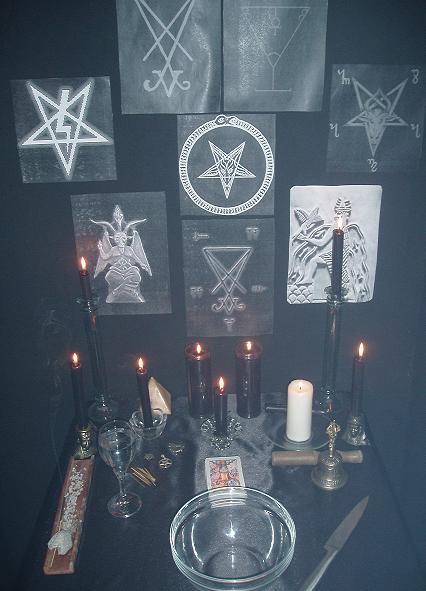
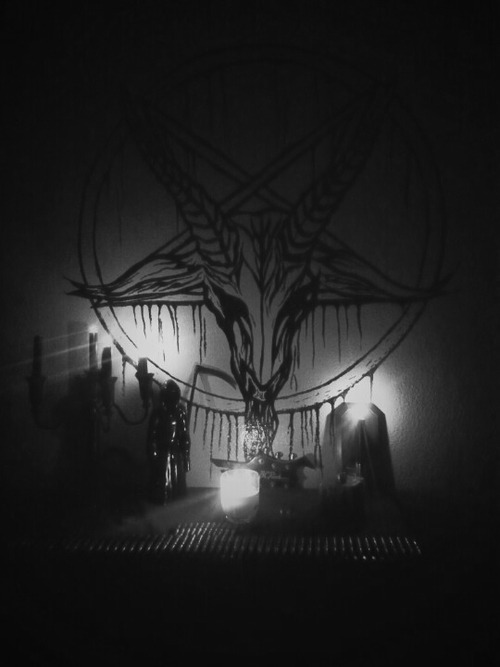
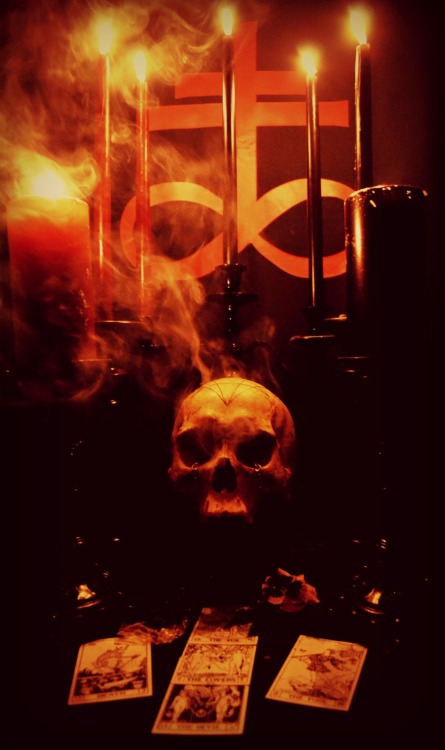



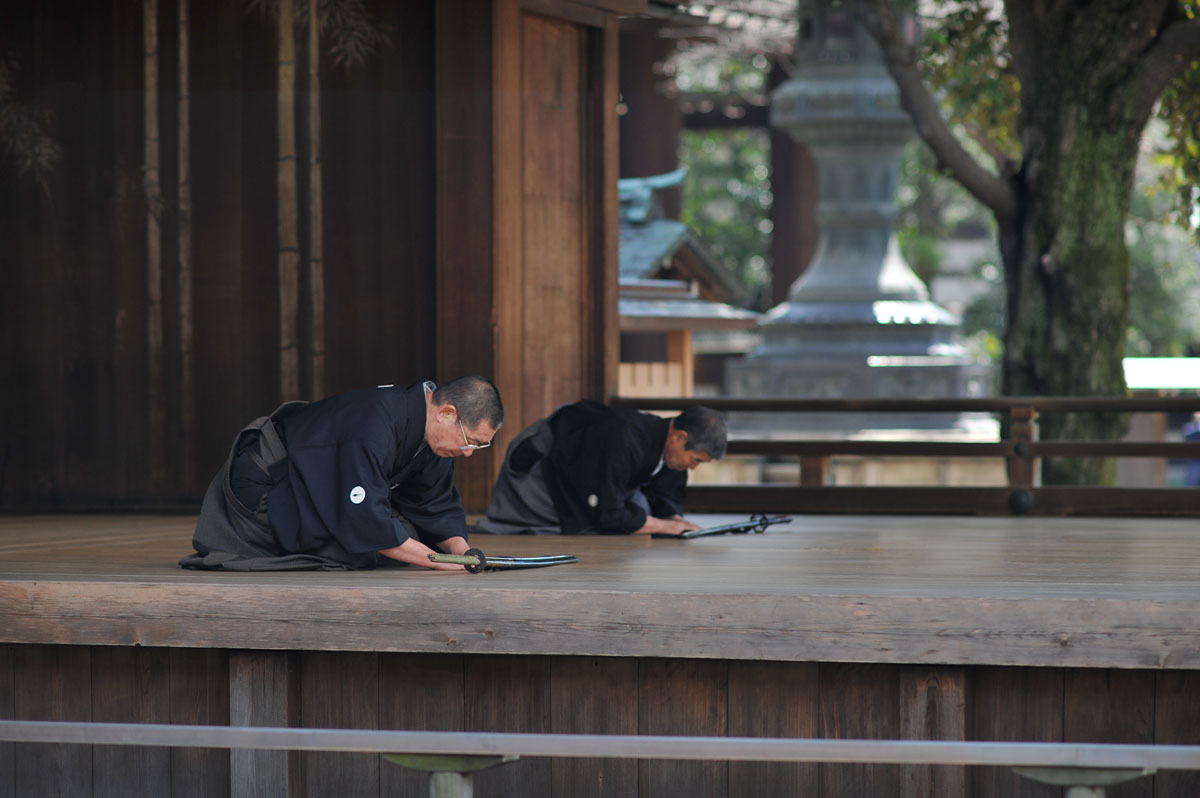
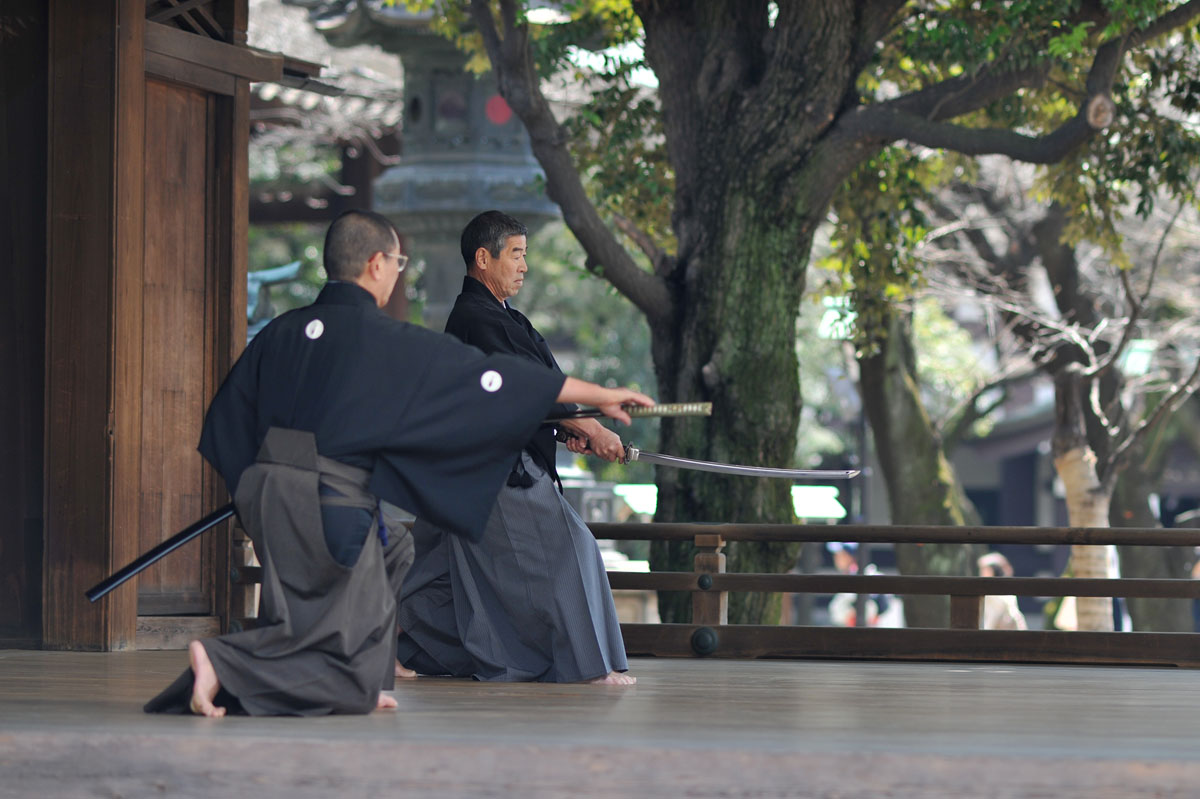
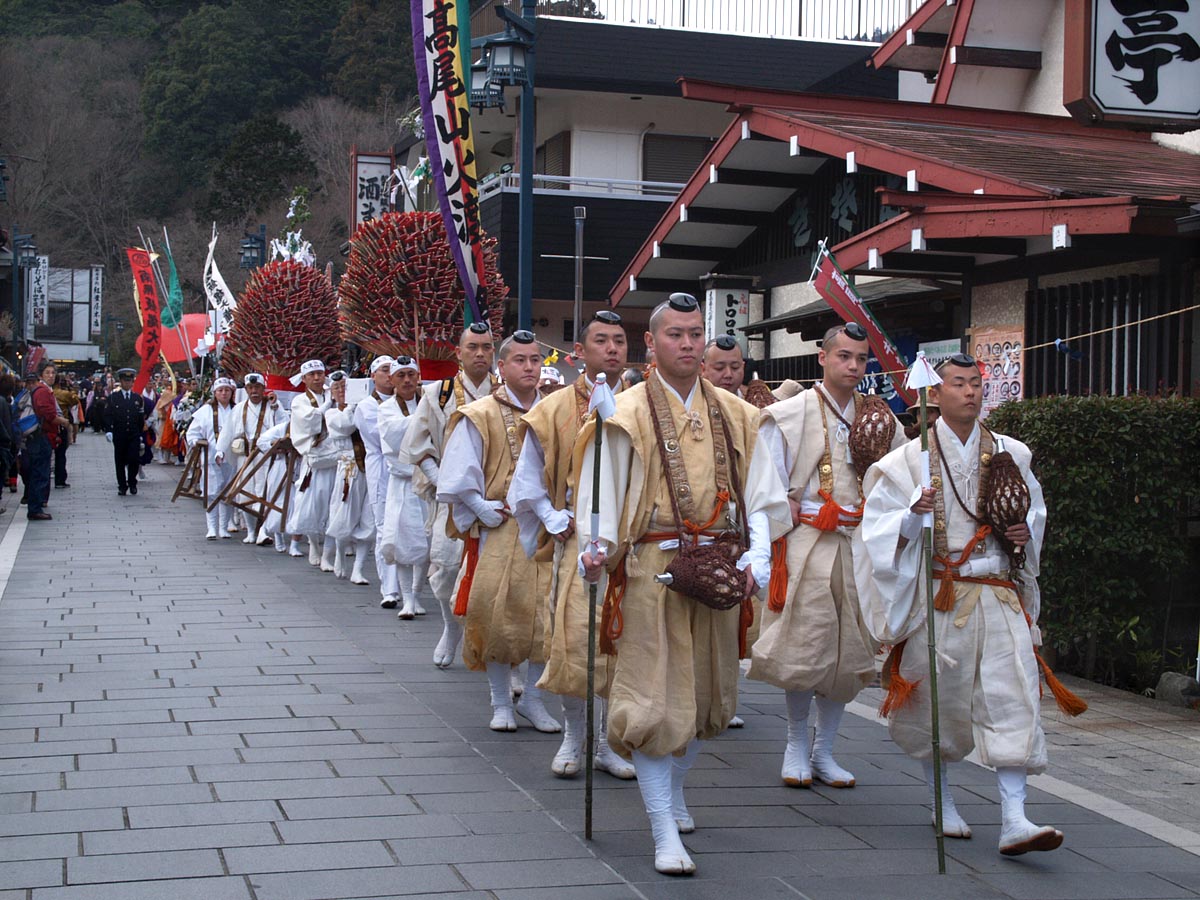
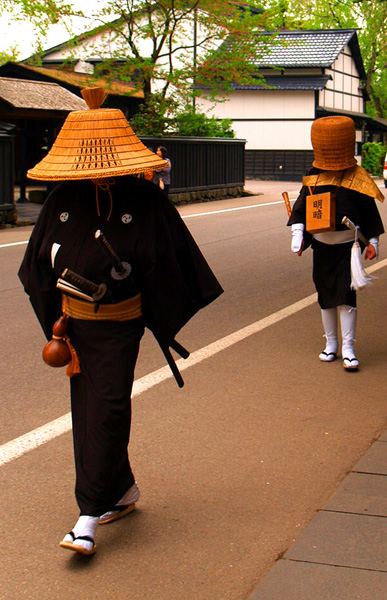
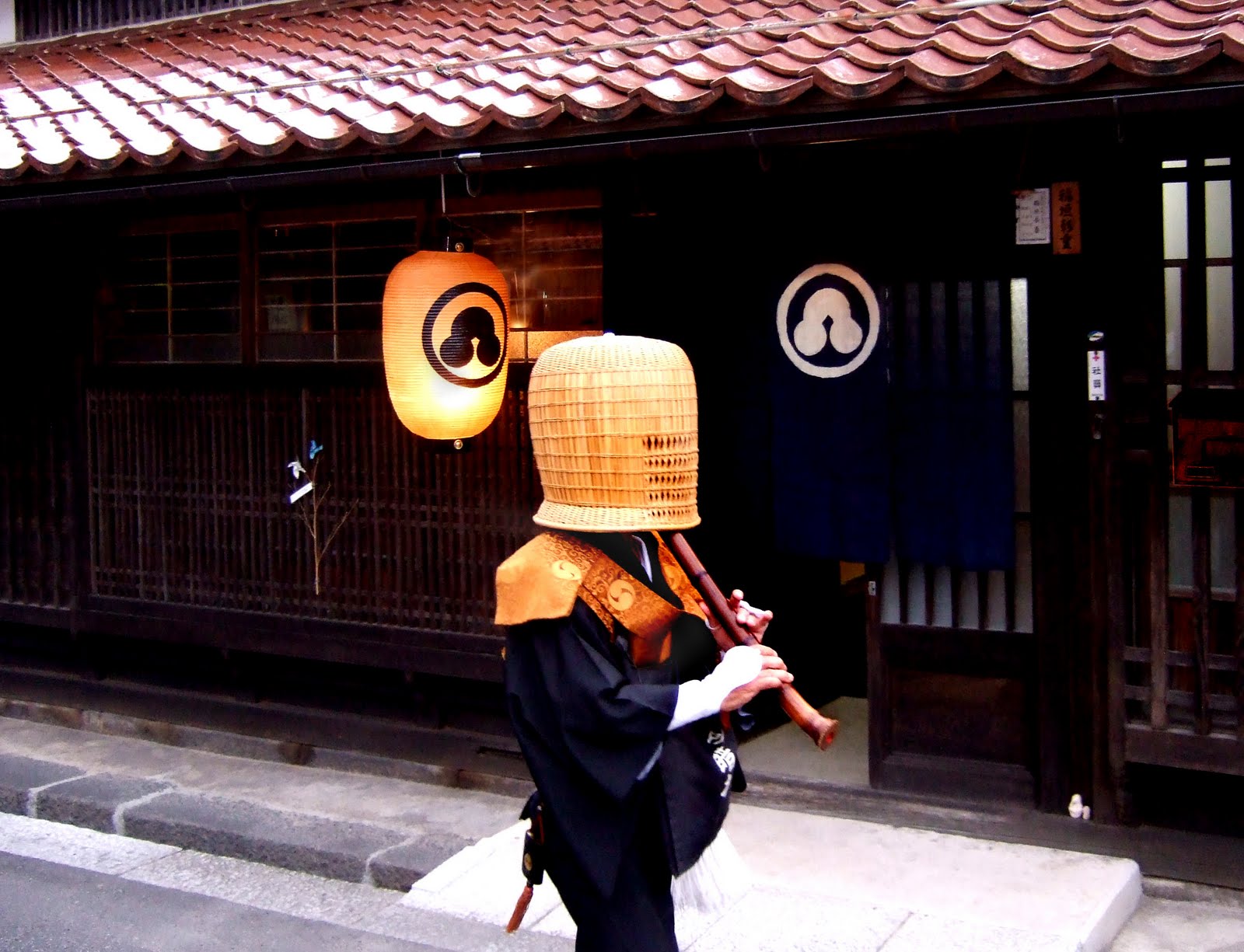







The many faces of (Japanese) Buddhist meditation; here some pretty interesting ones:
That was a long oneHope you enjoyed the pictures and stories behind them ^^



The many faces of (Japanese) Buddhist meditation; here some pretty interesting ones:
That was a long oneHope you enjoyed the pictures and stories behind them ^^
I saw a lot of these in the game Okami (one of my favorite games ever BTW), and I've had the opportunity to begin practicing the art of iaido myself! Love the lot of it!The many faces of (Japanese) Buddhist meditation; here some pretty interesting ones:
Firstly, Zen meditation through the Budō (Japanese martial arts). These two have been practiced in harmony in Japan for centuries, and have their roots in the spread of Buddhism throughout the Samurai class of late Heian period and, to greater extent, throughout the Kamakura period / reign of the Kamakura Shogunate. Zenism, after all, became the exclusive spiritual way of the larger portion of all samurai until Shushi-Gaku entered the mix in Edo period / Tokugawa Shogunate era.
Kyuudō, the Way of Archery. Separate from combat-focused Kyuujutsu (i.e War Archery), Kyuudō is a highly contemplating art. It is quite often used as a vehicle for Zenist meditation in Japan - a tradition with long history.
A Kyuudōka practicing the art.
A female Kyuudōka taking the seisha hicchū, "truthful aim".
Iaidō, the Way of Drawing the Sword. Highly contemplative art, that, aims as a meditation vehicle at the self-improvement and constant focus/mindfulness and preparedness at any given moment. Rarely practiced against a living opponent, the opponent is imagined one, and can represent mental defilements. Same applies to tatami -mat practice.
A demonstration held at the notorious Yasukuni Shrine, featuring two Iaidōkas.
Continuation of same demonstration, with the two Iaidōkas proceeding to conduct the drawing of the sword.
Moving outside the Budō meditation vehicles, onto other ways how Buddhist meditation is practiced in Japanese culture.
Shugendō, the mountain asceticism. Enlightenment is pursued through Oneness with nature and esoteric practice, which in practice happens through a sort of mountain worship. This practice, too, goes back centuries at least to the Heian period.
The Yamabushi, "mountain dwellers", as the Shugendōkas are sometime called.
The Fuke Zen Komuso. The Komuso mendicant monks had interesting way of approaching meditation, that of becoming One with the music they played with their Shakuhachi bamboo flutes. In their view, the the music they played at the same time was not part of them, but phenomena in interdependence to them; yet, at the same time, it was them, in that it was their breath, their lifeline, resonating throughout the reality in form of beautiful sound.
Many of the Komuso were in their time (Sengoku Jidai era as well as Tokugawa Bakufu era) often former samurai, who for reasons personal left their creed and became buddhist mendicant monks.
Komuso mendicant monk practicing the suizen, "flute-blowing meditation".
- END -
That was a long oneHope you enjoyed the pictures and stories behind them ^^
